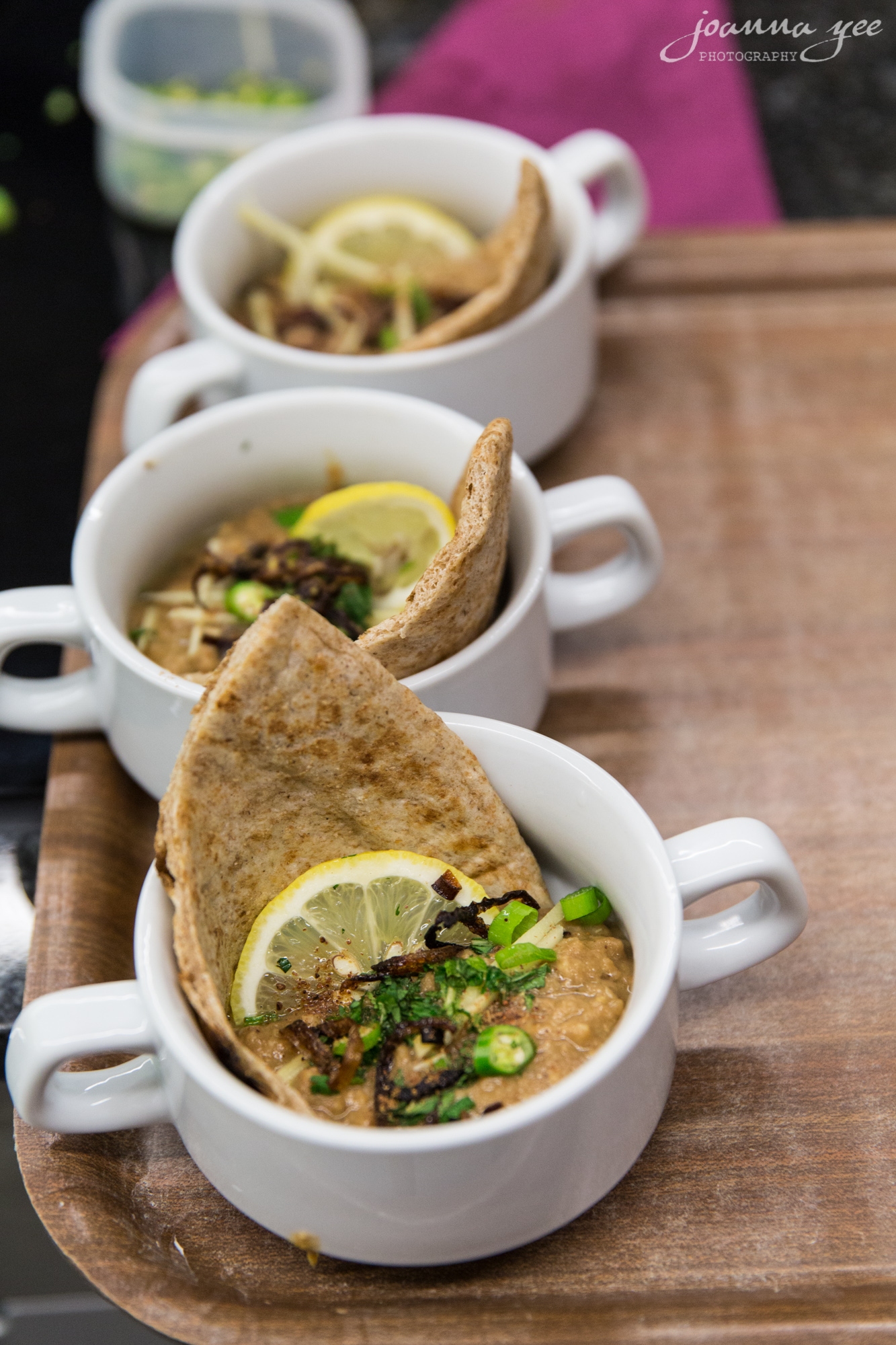Valentines - say it with chocolates
Chocolates and roses: enough to get any man out of trouble
St Valentine's Day can be traced back to ancient Rome, where Emperor Claudius was unimpressed with the increasing impact of women on his pillaging. He believed romantic liaisons were impeding his efforts to recruit and retain the soldiers he needed, so he banned both marriage and engagement.
Finding this a little extreme, a local priest defied the ban and continued to perform marriages in secret. When his actions were inevitably discovered, Saint Valentine was sentenced to death.
Whilst on death row, the priest fell in love with his jailor's daughter and, before being clubbed and beheaded on the 14th of February, he left a romantic farewell note signed "from your Valentine".
...of course, it's also possible that Valentines Day was invented by a greeting card company to increase sales in the quiet post-Christmas season...
Whichever version you believe, why not brush off your cooking skills and impress the person you love with this little Valentine's treat.









